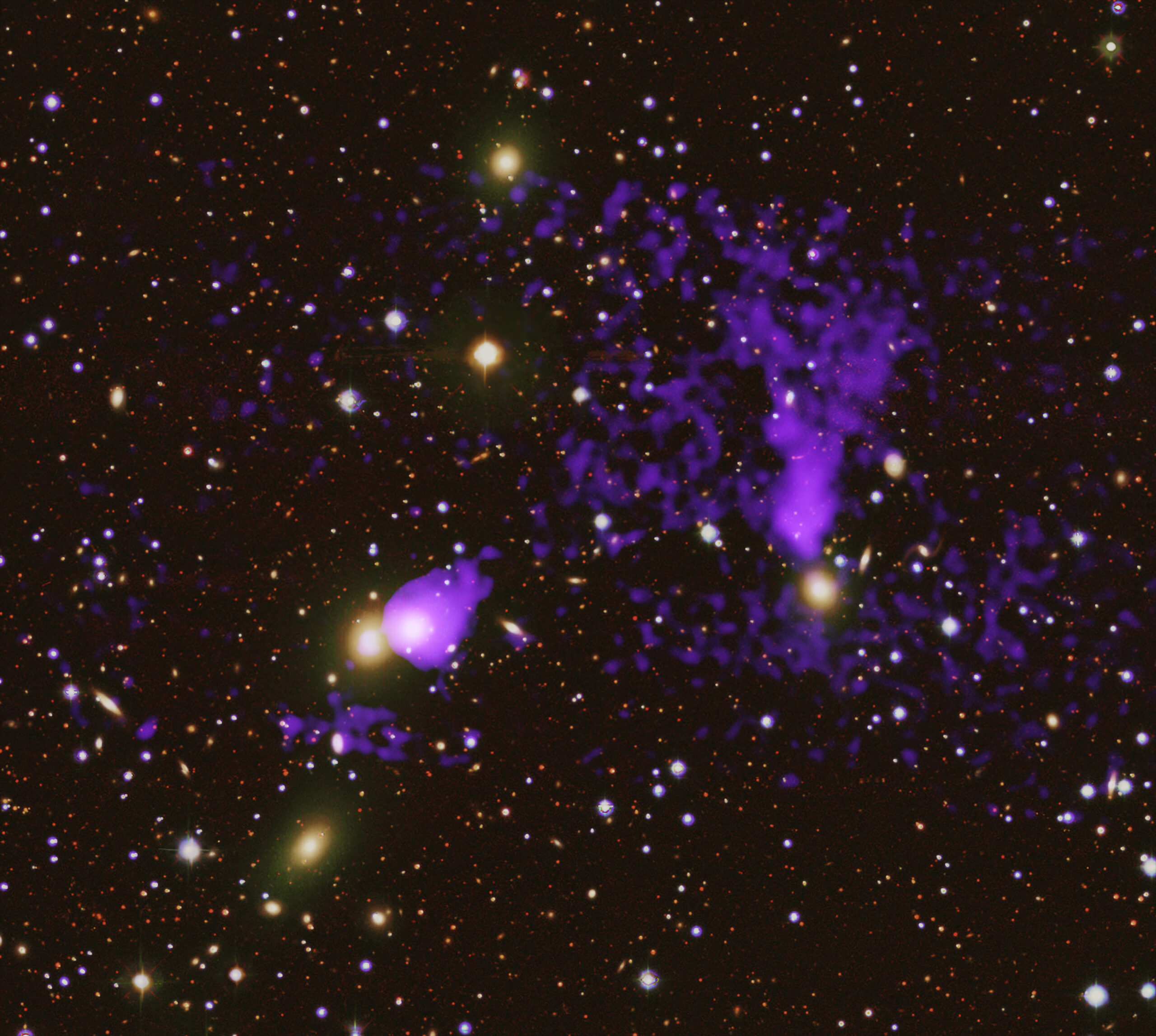On May 18, 1980, the eruption of Mount St. Helens emitted 1.5 million metric tons of sulfur dioxide into the atmosphere while its pyroclastic lava flow incinerated virtually everything within a 230-square-mile radius. Three years later, wildlife experts enlisted a team of local helpers for just 24 hours to speed up the area’s environmental recovery. But these weren’t human volunteers—they were gophers. And while analysis later that decade proved the rodents ecologically benefited the area, recent research published in the journal, Frontiers in Microbiomesindicates their regional influence can still be seen today.
The experiment’s first stage began in 1983. At the time, a team including University of California Riverside microbiologist Michael Allen took a helicopter into an area that the volcanic eruption previously reduced to porous pumice. According to a UCR profile on November 5th, Allen and his Utah State University colleague, James McMahon, then released “a few local gophers” into two areas known as the Pumice Plain and Bear Meadow. While these spaces contained only a handful of struggling plants that likely sprouted from seeds dropped by birds, the gophers were allowed to do what gophers do best for 24 hours.
[Related: After Mount St. Helens erupted, scientists fought to preserve its devastation.]
“They’re often considered pests, but we thought they would take old soil, move it to the surface, and that would be where recovery would occur,” explained Allen. The team hoped the animals could particularly help within bringing to the surface vital, fertilizing microorganisms such as endosymbiotic rhizobial bacteria and Mycorrhizal fungi.
“With the exception of a few weeds, there is no way most plant roots are efficient enough to get all the nutrients and water they need by themselves,” Allen said. “The fungi transport these things to the plant and get carbon they need for their own growth in exchange.”
[Related: Underneath Florida pines, gophers are getting weird.]
Their hopes panned out. Upon returning six years later, Allen and McMahon noted that the rodents’ work resulted in approximately 40,000 healthy plants across the Pumice Plain and Bear Meadow, as well as the return of native gopher populations. Meanwhile, nearby gopher-less areas remained largely inhospitable for flora. Over four decades later, new soil samples taken from the same regions still indicated a better fungi and bacteria presence than the areas that did not host gophers. The team, including mycologist Mia Maltz, hopes their study can highlight the importance of connected, resilient, natural ecosystems.
“We cannot ignore the interdependence of all things in nature, especially the things we cannot see like microbes and fungi,” Maltz said.
“In the 1980s, we were just testing the short-term reaction,” added Allen. “Who would have predicted you could toss a gopher in for a day and see a residual effect 40 years later?”



